You can trust Cyclingnews
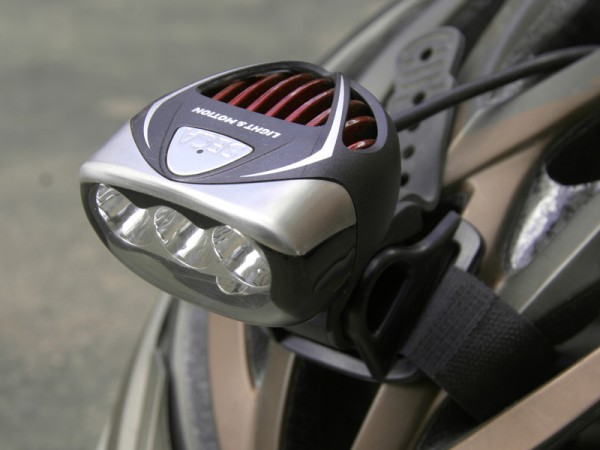
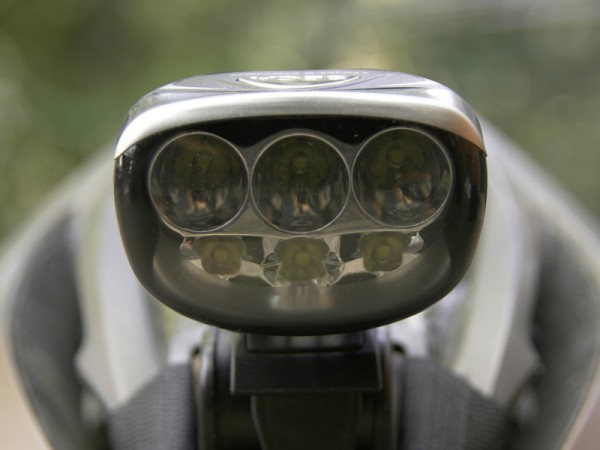
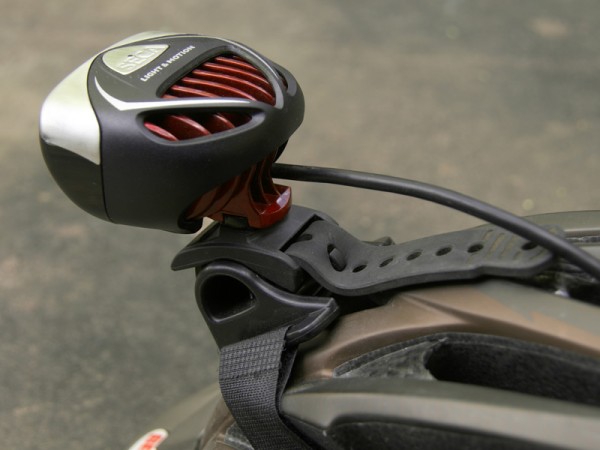
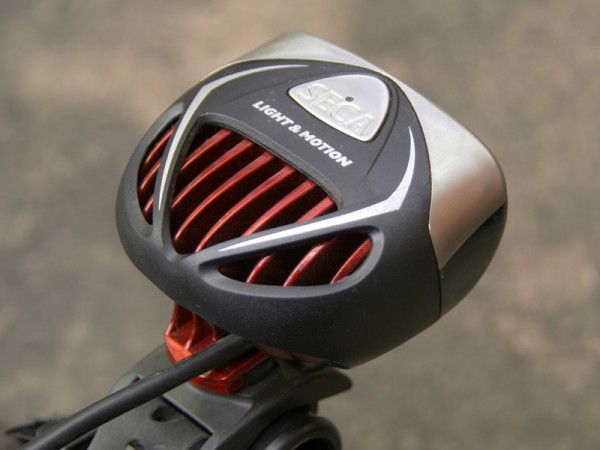
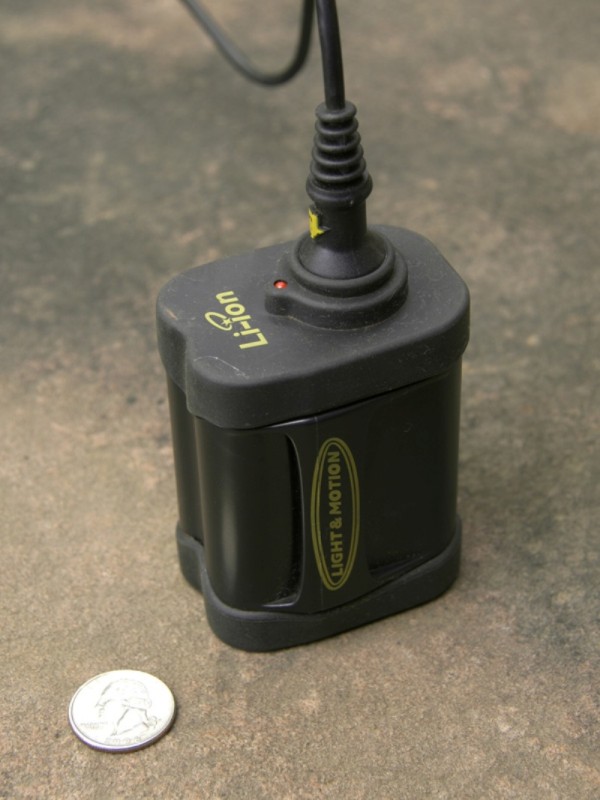
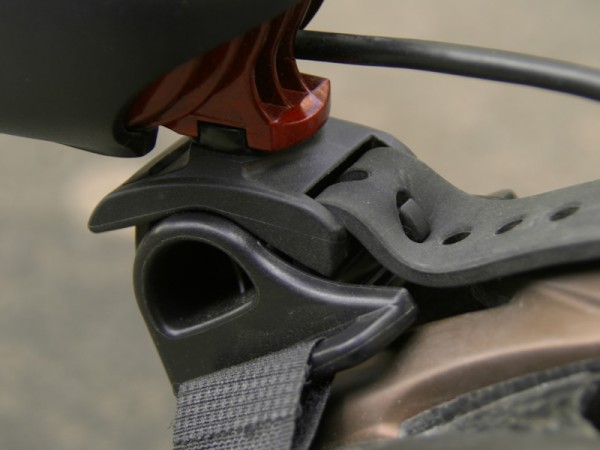
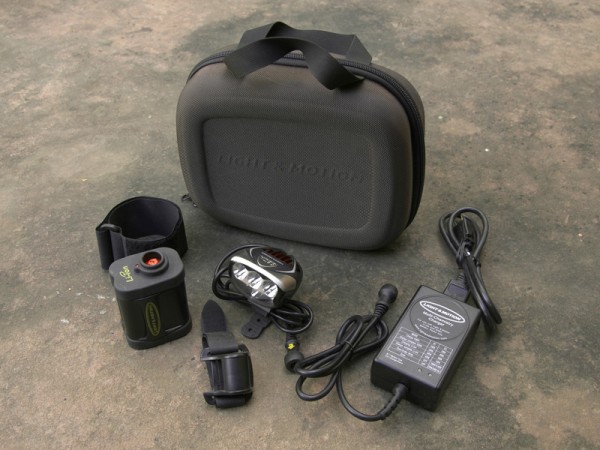
Light & Motion’s ARC Li-ion HID setups were once the company’s flagship lighting systems but new LED technology has knocked them from the lineup altogether with a brighter, longer lasting and more durable beam.
For the same price as the venerable ARC Li-ion, the new Seca 700 Race delivers 50 more lumens of light output - 700 in total - and ups the burn time to three-and-a-half hours on the highest setting. It’s also 50g lighter, at just over 500g, and the solid-state LED emitters offer dramatically better durability and lifespan - 10,000 hours versus just 500.
Lighting the way
Even better, the more efficient beam pattern makes the Seca seem even brighter. Each emitter of the uniquely stacked three-plus-three LED array is fitted with its own aluminium reflector to yield a composite beam pattern akin to the bottom half of a bull’s-eye target but without the harsh demarcations. As with the old ARC, there is still a central hot spot, but there is now also a sharp cut-off up top to direct more of the light down towards the ground where it’s useful instead of towards the stars trying to signal ET.

The broad apron immediately ahead of you and off to the sides is more dimly lit (or rather, not quite as ridiculously bright) but there is still enough light to see critical terrain details. Moreover, the LEDs' whiter output more clearly distinguishes colour and texture variations than the bluish hue characteristic of HID systems.
Numbers aside, the Seca 700 supplies more than enough light for most situations. During our early testing during the 24 Hours of Moab, comments from other riders were plentiful and we even got an “I though there was a whole herd of people coming up behind me!” from one. The Seca’s hot spot delivers one of the best long-distance punches of any LED system we’ve sampled and its unique beam shape provides a much more complete ‘big picture’ view of things than the usual tunnel vision of pure spot patterns.
Even so, we still occasionally miss the more tightly collimated centre pattern of some HID systems. At most speeds the Seca can throw as much candlepower as needed on particular areas of the trail but if you ramp up the pace to more race-like levels you eventually overrun your light. To be fair, you have to be moving pretty quickly, but seasoned night-time riders or hang-it-all-out-there racers should take heed.

Packed with features
The old HID-equipped ARC provided a two-setting beam but there was little difference between them so stepping down the beam intensity didn’t net much gain in battery life. In contrast, switching between the various modes on the Seca yields a very useful boost in run time.
Standard ‘cruise’ operation offers four settings - high (700 lumens, 3.5-hour run time), medium (350, 7hrs), low (175, 14hrs) and flashing - accessed in sequential fashion via the single top-mounted button. If you hold the button down for a few seconds when firing things up, though, the Seca enters a wonderfully convenient ‘race’ mode that toggles just between the high and low settings and skips the other two.
However, the button is mounted flush with the housing and can be hard to find with a gloved finger in the heat of battle, especially if the lamp is mounted on your helmet. In addition, there’s little tactile feedback to indicate that you’ve actually pushed the thing (though the difference in light output obviously provides feedback by itself). A raised, rubber-coated button with a slightly stronger click would be much preferred – we got around the issue with a stick-on rubber dot.

Depending on the course and how well you manage the power settings, it’s conceivable that you could run an entire 24-hour solo event with a single battery, particularly if you opt for the higher-capacity Seca 700 Ultra model. Otherwise, recharge time for the Seca 700 Race’s standard Li-ion unit is a short 2.5 hours.
Seca also features Light & Motion’s revamped mounting system which can now easily switch between helmet and handlebar configurations without swapping parts – say goodbye to that annoying little screw. The replaceable rubber strap can accommodate standard 25.4mm-diameter bars just as well as oversized ones (or bigger, in fact) and its grippy purchase won’t migrate down during use, either. As before, the head can be rotated side-to-side as needed and the helmet mount is easy to install and sufficiently secure.
The price includes the lamp head, battery, helmet mount and charger. The complete on-bike setup weighs in at 514g, with the helmet mount adding another 10g. The head unit weighs 148g and the battery 352g.
